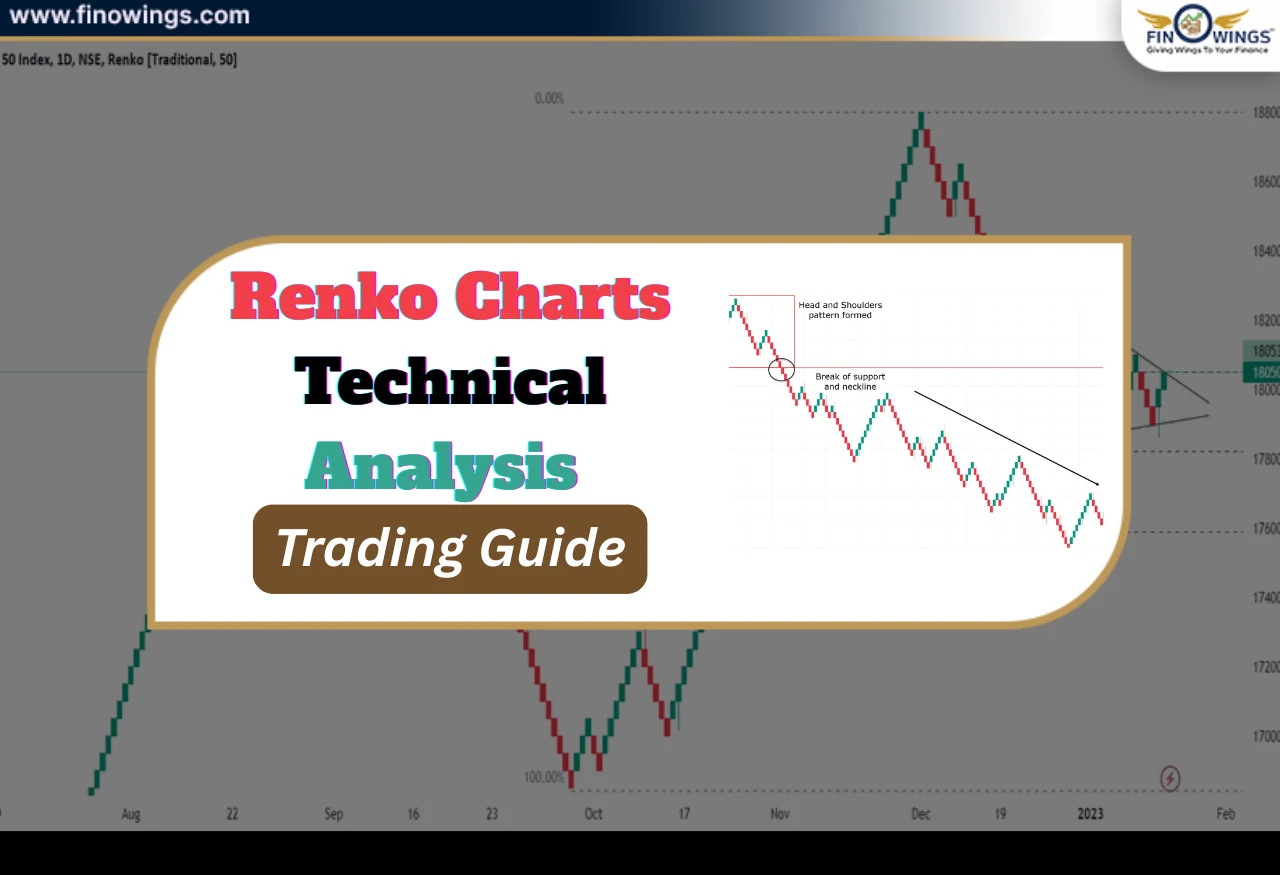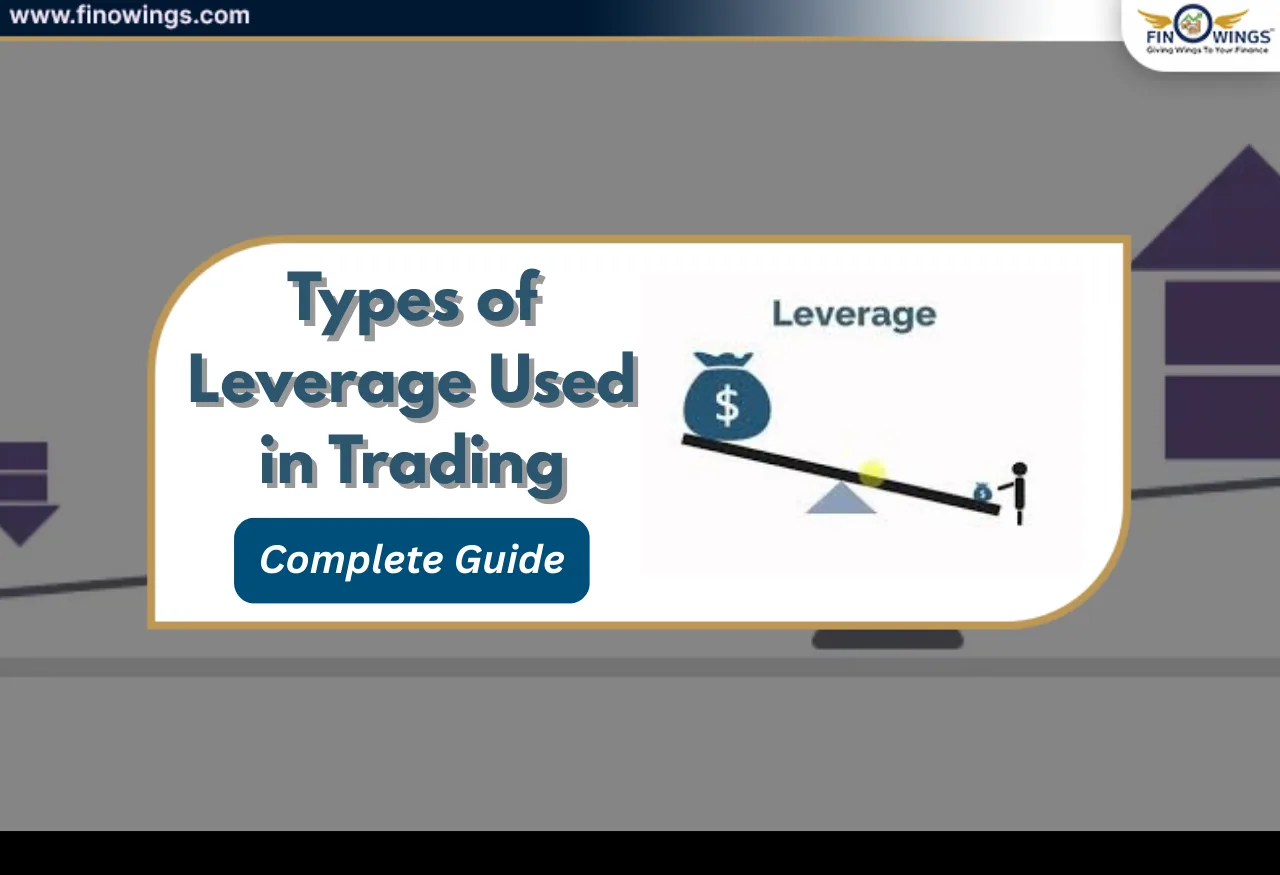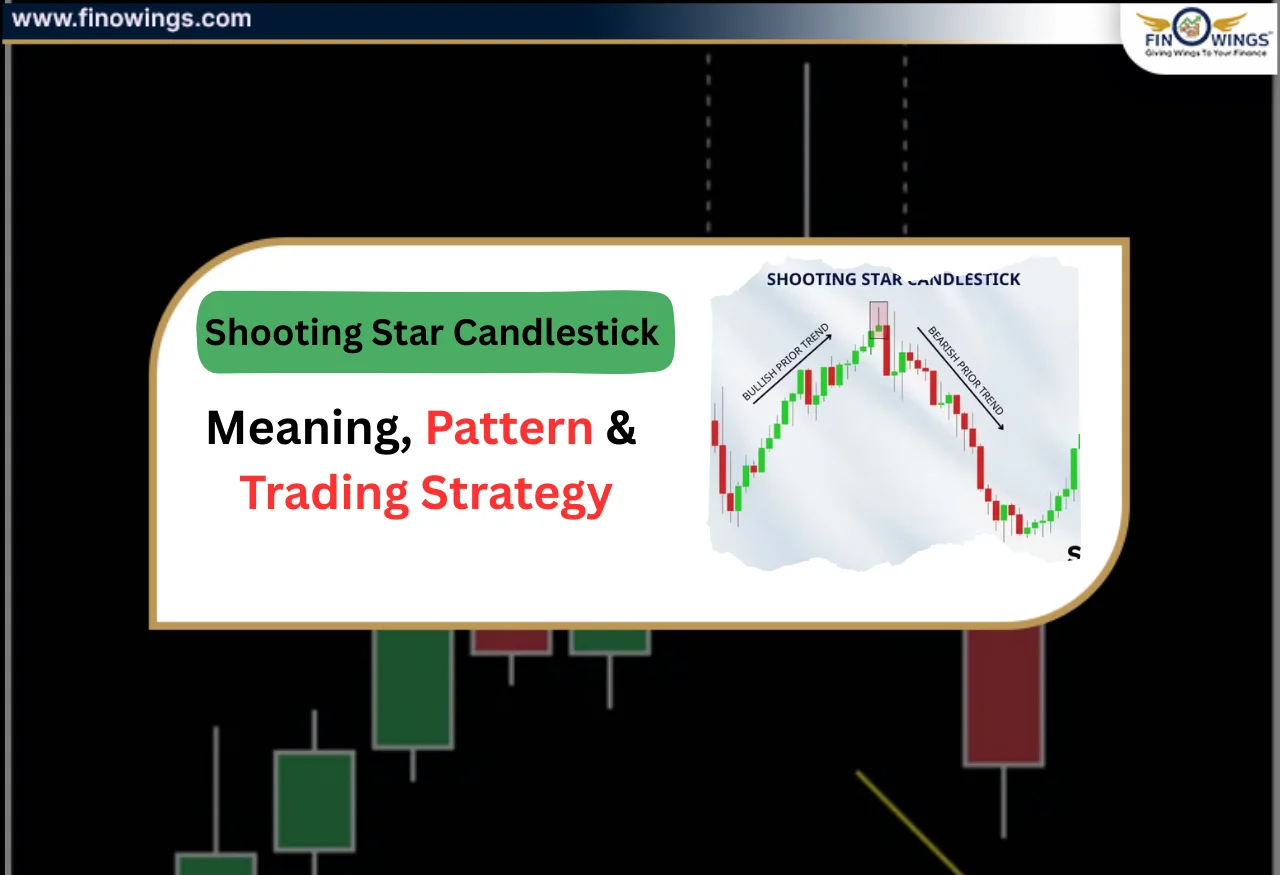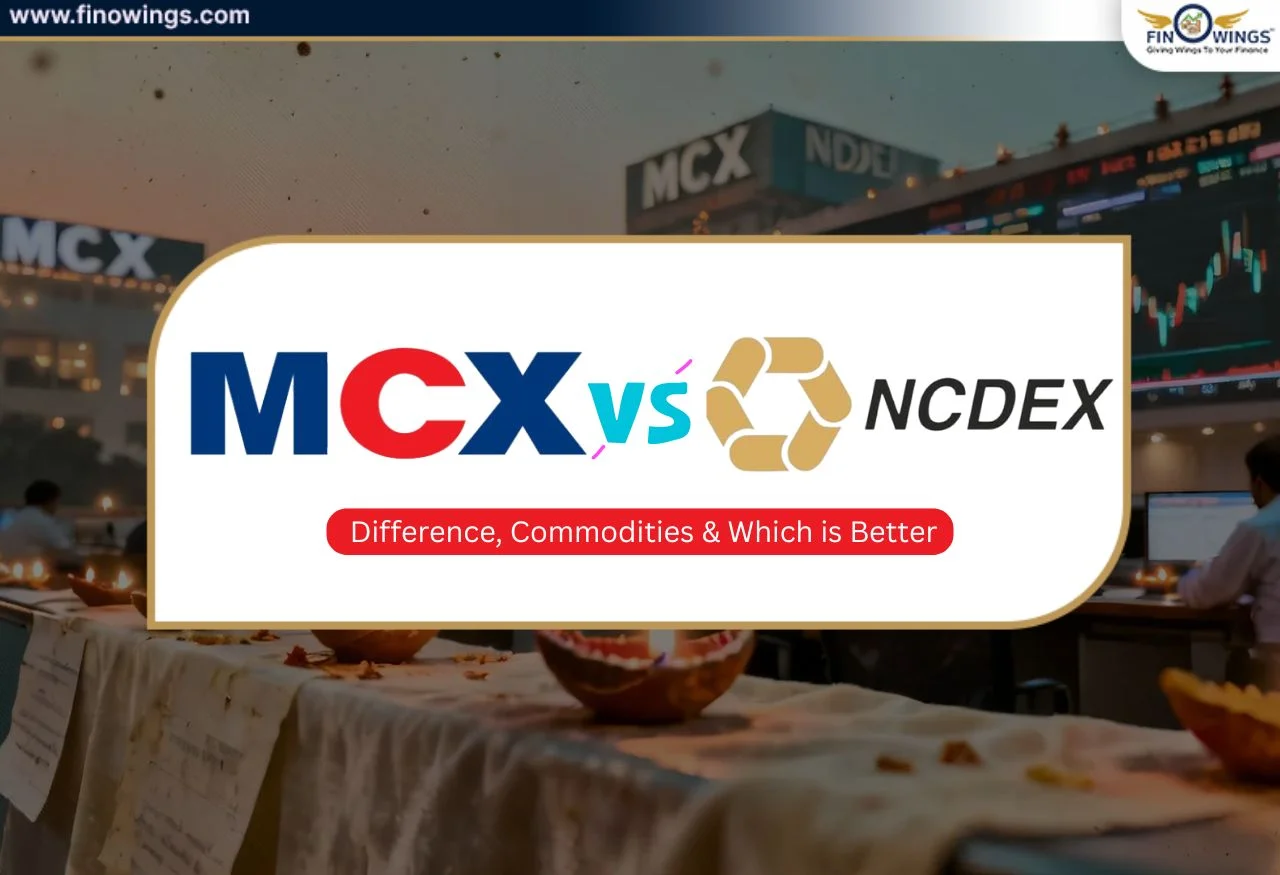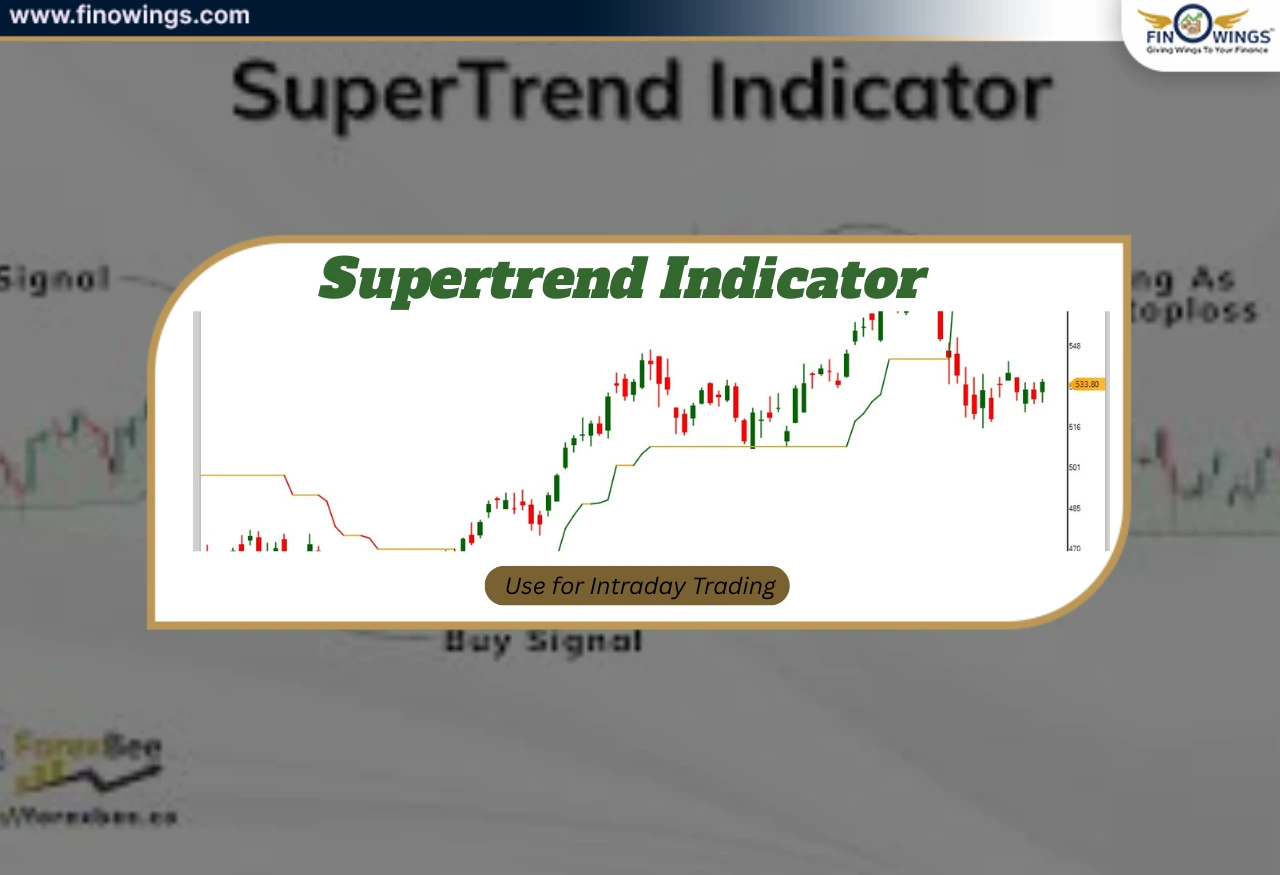Home >> Blog >> Top 20 Candlestick Patterns to Make Profit
Top 20 Candlestick Patterns to Make Profit

Table of Contents
All traders have to know charts since trading always entails price analysis — and without knowing charts, this analysis is impossible.
Chart analysis mainly focuses on the examination of candlesticks, and thus knowledge about candlestick patterns is a must for all traders.
What are candlesticks Patterns?
Candlesticks are a visual representation of price fluctuation.
Each candle reflects the psychology of buyers and sellers.
Due to the constant interaction between buyers and sellers, certain patterns are formed on the chart — and by understanding these patterns, we can make strong buying or selling decisions.
A candlestick represents the opening, closing, highest and lowest prices within a certain period of time.
A bullish candle represents the scenario where the price goes higher than its opening price, and a bearish candle indicates the opposite.
You will get to learn the top 20 candlestick patterns based on such candles.
Top Bearish Candlestick Patterns
Below is the list of top bearish candlestick patterns-
1. Shooting Star Pattern
Structure:
-
Small body.
-
Long wick on top.
-
Little to no shadow at the bottom.
Meaning: The Shooting Star pattern forms when buyers push the price higher, but sellers step in strongly at the end and pull the price down.
Psychology: Initially, the market has a bullish sentiment, but by the end, bears are strong enough to reject the entire rally.
Ideal Location: Most powerful when it appears after an uptrend, near a resistance zone or in an overbought area.
2. Bearish Engulfing
Structure:
-
Two-candle pattern.
-
First candle is a small bullish one.
-
Second candle is a large bearish one that completely engulfs the previous candle.
Meaning: The Bearish Engulfing pattern indicates bulls are weakening and bears have taken control. It’s a strong trend reversal signal.
Psychology: Buyers try to move the price up in the first session, but sellers dominate the market in the next session.
Ideal Location: Stronger confirmation when it forms near resistance or a major supply zone.
3. Evening Star Pattern
Structure:
-
Three-candle pattern.
-
First candle is large and bullish.
-
The second candle has a small body and opens with a gap-up. (Doji or spinning top).
-
Third candle is strong and bearish. It can be gap-down or not.
Meaning: Evening Star pattern shows the uptrend is losing strength and bears are gaining control.
Psychology: Buyers are strong in the first session, there’s indecision in the second, and in the third, sellers take over.
Ideal Location: More powerful when it appears after an uptrend, especially near resistance.
4. Dark Cloud Cover
Structure:
-
Two-candle pattern.
-
First candle is strong and bullish.
-
Second candle is bearish, opens with a gap-up and closes below the midpoint of the first candle.
Meaning: The dark cloud cover signals weakness in the uptrend and a possible reversal.
Psychology: Buyers are in control initially, but sellers show strength in the next session and push prices down.
Ideal Location: More effective when it forms near a resistance zone.
5. Hanging Man Pattern
Structure:
-
Small body.
-
Long shadow below.
-
Little to no upper shadow.
Meaning: The hanging man pattern is a warning signal that the uptrend might be ending and selling pressure is emerging.
Psychology: The lower wick shows there was selling during the session, which buyers absorbed. But the next session may go lower if the price goes below the low of this candle.
Ideal Location: Reliable when it appears at the end of an uptrend or near resistance.
6. Three Black Crows
Structure:
-
Three consecutive long bearish candles.
-
Each closes lower than the previous one’s low.
Meaning: The three black crows indicate bears are in full control and suggest a strong reversal or continuation.
Psychology: Buyers weaken with each session, while sellers continuously drag the price down.
Ideal Location: Powerful when it forms after an uptrend or following a failed breakout.
7. Bearish Harami Pattern
Structure:
-
First candle is large and bullish.
-
Second candle is a small bearish one that is within the body of the first candle.
Meaning: The bearish harami pattern signals indecision in the market and a possible trend reversal.
Psychology: Bulls were strong, but sellers began to show resistance. Confirmation is important in the next session.
Ideal Location: Reliable when it appears near the top of an uptrend or resistance zone.
8. Gravestone Doji
Structure:
-
Open, low, and close prices are nearly the same.
-
Long upper wick.
Meaning: Gravestone doji indicates that buyers attempted to push the price higher, but sellers rejected the move. Sometimes the candle may have a small body or a different color, but that can still be acceptable.
Psychology: Bulls push the price up aggressively, but bears regain control and drag it back down.
Ideal Location: Strong signal when seen at a major resistance level.
9. Bearish Doji Star
Structure:
-
First candle is bullish.
-
Second candle is a Doji (Open = Close).
Meaning: Bearish doji star is one of the candle chart patterns that shows indecision in the market and hints at a possible trend reversal.
Psychology: Buyers were strong initially, but the Doji indicates fading strength.
Ideal Location: More reliable when seen in overbought areas or near resistance.
10. Falling Three Methods
Structure:
-
First candle is strong and bearish.
-
Three short bullish candles, typically dojis or small-bodied candles, suggesting a temporary halt in the downward trend. These candles should be contained within the body of the first bearish candle.
-
Last candle is again a strong bearish one.
Meaning: Falling three methods pattern signals bearish continuation. Sellers remain dominant.
Psychology: The small bullish candles indicate a pause, but the final bearish candle confirms bears are still in control.
Ideal Location: Strong continuation signal when it appears within a downtrend.
Top Bullish Candlestick Chart Patterns
The top bullish candlestick chart patterns are mentioned in the form of a list provided below-
1. Hammer Candlestick Pattern
Structure:
-
Small body near the top.
-
Long lower wick.
-
Little to no upper shadow.
Meaning: The hammer candlestick pattern appears at the bottom of a downtrend and is shaped like one- small head, long handle. It tells a story of sellers trying to dominate but getting completely overpowered by buyers by the session’s end.
Psychology: There’s a tug of war happening, and bulls are pulling hard enough to turn things around. This candlestick chart shows a serious rejection of lower prices.
Ideal Location: Look for this near established support zones. It gains more power if the next candle confirms it with a bullish move.
2. Bullish Engulfing
Structure:
-
Two-candle pattern.
-
First candle is small and bearish.
-
Second candle is large and bullish, fully engulfing the previous one.
Meaning: Think of bullish engulfing as the market snapping back. The previous bearish candle gets completely swallowed, like the bulls saying, “Enough!”
Psychology: The first candle shows doubt. The second shows strength. It's a bold comeback where the buyers take the wheel.
Ideal Location: Best seen after a steady decline. Combine it with volume spikes or support levels for more reliability.
3. Morning Star Pattern
Structure:
-
Three-candle pattern.
-
Bearish candle, then a small-bodied candle opens with a gap-down.
-
Last candle is a Strong bullis.
Meaning: Morning star pattern is poetic- a dark phase followed by indecision, and then a new morning of strength. It’s about the market catching its breath and then shifting direction.
Psychology: Bears try to dominate early, but exhaustion sets in. Then the bulls step in, not just cautiously but decisively.
Ideal Location: At the tail-end of a downtrend, especially when momentum indicators show oversold conditions.
4. Piercing Pattern
Structure:
-
Two candle Pattern.
-
First candle is a bearish candle.
-
Second candle is a bullish candle that opens with a small gap-down.
Meaning: Piercing pattern signs of strength returning after weakness. Sellers start off confidently, but bulls turn the tables mid-session.
Psychology: It’s like someone lifting a heavy lid off the market pressure eases, and buyers seize the moment.
Ideal Location: Look for this near previous demand zones or after panic-driven selloffs.
5. Inverted Hammer Pattern
Structure:
-
Small body near the bottom.
-
Long upper wick.
-
Almost no lower shadow.
Meaning: Even though sellers controlled most of the session, buyers flexed enough strength to show their intent.
Psychology: The long upper wick is a teaser. It says, "Buyers tried and nearly succeeded." It often precedes a strong reversal if confirmed.
Ideal Location: Inverted hammer appears at market bottoms or oversold areas. Confirm with volume and the next candle.
6. Three White Soldiers
Structure:
-
Three bullish candles in a row.
-
Each opens within the previous body and closes higher.
Meaning: Three white soldiers parade of bullishness. No ambiguity. Just raw upward pressure.
Psychology: Momentum builds with each candle. Sellers don’t even get a breather. That’s conviction.
Ideal Location: After a consolidation zone or prolonged fall, especially when supported by strong volume.
7. Bullish Harami Pattern
Structure:
-
First candle is bearish and large.
-
Second is small and bullish, contained within the first body.
Meaning: This is a subtle shift. A potential turning point that hints at bulls entering the scene slowly.
Psychology: Bullish harami pattern reflects hesitation from the bears and quiet confidence from buyers. Think of it as the calm before the comeback.
Ideal Location: Watch for this after extended downtrends, especially if RSI is signaling oversold levels.
8. Dragonfly Doji
Structure:
-
Open, high, and close are nearly the same.
-
Long lower wick.
Meaning: The dragonfly doji pattern is striking. It shows intense selling that got completely rejected by the close.
Psychology: Buyers didn’t just participate- they defended. And that kind of defense is a big clue.
Ideal Location: Very effective at major bottoms or after quick crashes where emotions run high.
9. Bullish Doji Star
Structure:
-
A bearish candle followed by a small-bodied Doji that gaps down slightly.
Meaning: Bullish doji star whispers, not shouts. It’s a pause. A breather. And if followed by a bullish candle, it becomes a confirmation of change.
Psychology: The market goes from aggressive to thoughtful. That shift is often a setup for a reversal.
Ideal Location: Watch closely during downtrends. It’s often part of a larger pattern, like a Morning Star pattern.
10. Rising Three Methods
Structure:
-
Starts with a bullish candle.
-
Followed by 3 small bearish candles.
-
Ends with a strong bullish candle.
Meaning: A rising three methods continuation pattern that tells you the bulls are taking a breather but aren’t giving up.
Psychology: Even during pullbacks, the structure remains intact. Buyers remain in control, waiting to strike again.
Recommendation: During strong uptrends or after breakouts, this pattern confirms bullish sentiment.
Conclusion
Industry experts agree that mastering candlestick patterns is one of the last steps needed before a trader feels fully confident in their abilities. Like all actions in the economy, these patterns reveal the ongoing conflict between demand and supply and, when interpreted correctly, can help you foresee changes in the market level order with considerable ease.
Reversing indicators to confirming trends, the primary twenty patterns discussed are applicable for use in stocks, cryptocurrency, and foreign exchange markets. But always remember: candlesticks work best when combined with support-resistance zones, volume, and proper risk management.
Don’t just memorize patterns—understand the story behind each one. That’s where real trading insight begins.
Author
Frequently Asked Questions
Candlestick patterns are visual formations created by price movements on a chart. Each candlestick shows four key values—open, high, low, and close—and reflects the ongoing battle between buyers and sellers. When multiple candles form specific shapes, they signal potential reversals or continuations in the market trend.
Candlestick patterns help traders understand market psychology, identify buying or selling pressure, and predict possible price direction. Since price action is the foundation of technical analysis, mastering these patterns allows traders to make more accurate entries and exits.
Some of the most trusted patterns include Bullish Engulfing, Bearish Engulfing, Morning Star, Evening Star, Hammer, Shooting Star, Three White Soldiers, Three Black Crows, and Doji formations. These patterns often provide strong signals when combined with support–resistance levels and volume analysis.
Yes. Candlestick patterns work across stocks, forex, commodities, options, and cryptocurrency markets. Their effectiveness remains consistent because they are based on human psychology, which does not change across asset classes.
No. Candlestick patterns should not be used in isolation. They work best when combined with support and resistance zones, volume, trend direction, market structure, and proper risk management. Candles show intent, but confirmation gives reliability.




